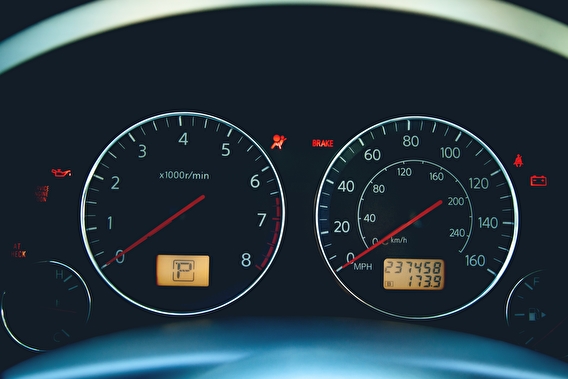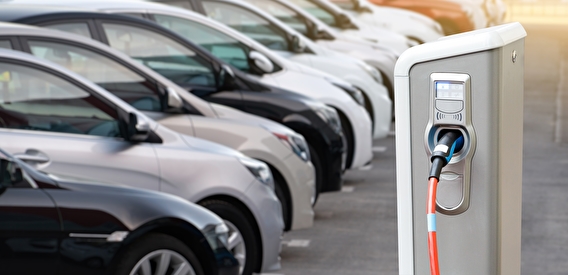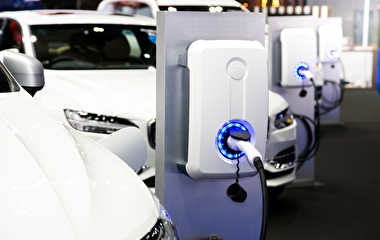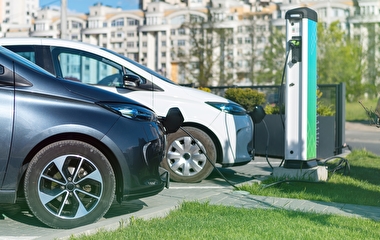
Dependence on the motor fuel tax as a revenue source will become increasingly difficult for transportation agencies in the coming years, as the number of vehicles on the road that use little to no gasoline—including electric vehicles—is expected to grow quickly.
To continue providing a strong transportation system, transportation agencies will need new financing tools to supplement shrinking revenue. A logical way to backfill this lost revenue is a distance-based user fee (DBUF)—a fee calculated based on distance driven rather than fuel burned.
The Minnesota Department of Transportation (MnDOT) recently partnered with shared mobility* fleet operators to conduct a demonstration of distance-based user fees. During the 12-month demonstration, MnDOT used existing technologies embedded within these vehicles to automatically calculate the distance-based fees. The factory-installed “telematics” capabilities enabled reporting of the distance traveled and the time the travel occurred, the core data needed for distance-based fee calculations.
As part of the project, researchers at the Humphrey School of Public Affairs evaluated the demonstration based on its feasibility, efficiency, adequacy, and equity. Work included policy research, financial analysis, and outreach and education efforts. Specifically, the team looked at the implications of distance-based user fees on privacy, equity, and administration costs—all of which are often raised as obstacles to distance-based fees.
The evaluation found that the shared-mobility approach has several important advantages:
- Privacy is possible: Privacy concerns were essentially nonexistent; personal data was collected in ways that customers consented to when they enrolled, and the only data reported to state tax collectors was aggregate distance traveled by the overall fleet.
- Hassle-free for drivers: With this method, drivers do not have to buy or install new equipment or report distance traveled to tax collectors. In fact, they don’t have to do anything differently.
- System security: Using the shared-vehicle approach, it is much more difficult for typical users to avoid fees by altering embedded telematics equipment. This is essential to system integrity and revenue collection.
- Streamlined collection: A fleet focus allows the government to collect from a relative handful of fleet operators who already have the imbedded telematics needed for data collection, not from millions of individual vehicle owners.

While this project looked at shared-mobility fleets, many other types of fleets could use this approach, says Frank Douma, the principal investigator of the research component. These include government vehicles, ride-sharing companies, food-delivery services, package delivery companies, and freight haulers.
The research team included Douma, Jerry Zhao, Camila Fonseca, Raihana Zeerak, Adeel Lari, Lee Munnich, and Meredith Benesh of the Humphrey School and Joe Loveland of Loveland Communications.
The research was made possible through a federal Surface Transportation System Funding Alternatives grant to MnDOT. The work itself was funded in equal parts by the federal grant and matching funds from MnDOT.
The project received the 2022 Robert C. Johns Research Partnership Award (see related article).
*Shared Mobility Vehicles: The team’s definition includes carpooling and vanpooling, ride-sourcing services provided by transportation network companies such as Uber and Lyft, and carsharing services that provide their customers either one-way trips or two-way trips (e.g., Zipcar and HOURCAR). With shared mobility services, customers essentially rent the use of vehicles for a relatively short amount of time—perhaps for a few hours.


